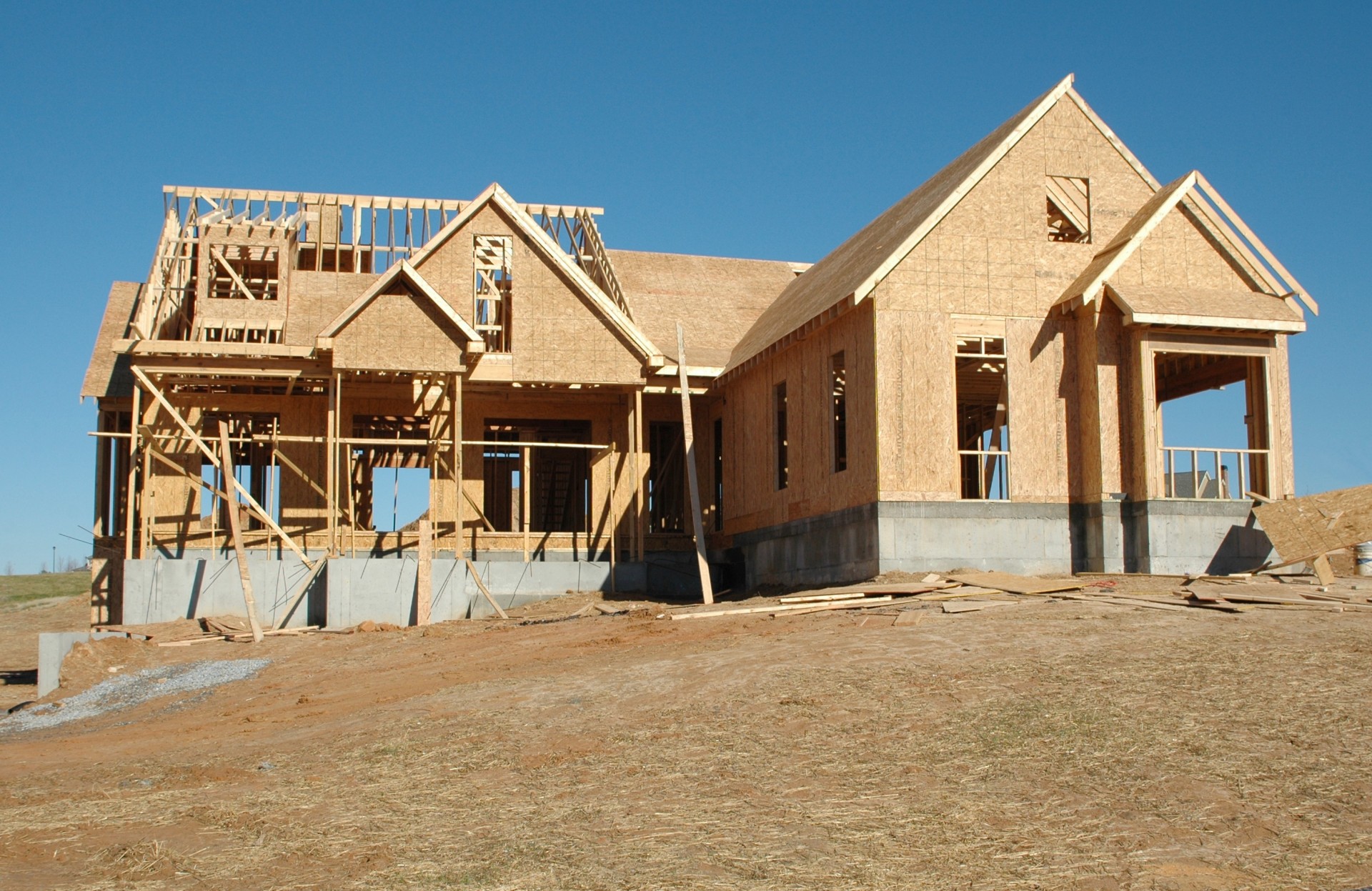The housing industry has plenty of momentum going into the year, with overall home sales expected to reach their best level since 2007 and home values projected to rise as much as 4 percent in most metro markets, said Frank Nothaft, Freddie Mac’s chief economist.
During the Meyers Research National Forecast conference hosted in collaboration with HomeAid America on Jan. 20 at the Wynn Las Vegas, Nothaft noted that after a slow start during the first half of 2014, the nation’s economy grew by more than 3 percent during the second half, giving consumers more confidence about the probability of keeping their jobs and being able to make expensive purchases. With gross domestic product expected to grow 3.5 percent this year, investment by businesses and wage growth should follow, and more Millennials—consumers born during the early 1980s and 2000—might have the wherewithal to become first-time homebuyers.
“I can’t think of better conditions to advance new home construction than what we have today,” Adrian Foley, chief operating officer of Brookfield Residential Properties’ California division, said during the builder discussion panel that followed.
Among those conditions are low mortgage interest rates, which Nothaft projects will rise to 4.8 percent by the end of this year but will remain historically low and affordable given income gains coming for potential borrowers. In addition, the lowest inventory of for-sale homes in 30 years is expected to push up home sales by 4 percent in 2015 as well as boosting housing starts. Government spending at the state and local levels is expected to pick up, and the drop in energy prices has put money in consumers’ pockets, having the same effect as a tax break. Indeed, Foley said that his business saw more impact from declining energy prices than from the half-percent reduction in the private mortgage insurance fee by the Federal Housing Administration.
While the declining barrel price for oil is a positive for the macro economy, local economies and builders in markets that benefitted from energy-producing industries, such as Houston and the Dakotas, could get pinched, Nothaft says. However, parts of the oil patch are sparsely populated and shouldn’t pull down overall home building activity. Nothaft sees continued strength in the rental market with more multifamily starts since 1989, mortgage originations for multifamily already at all-time highs and expected to grow further in 2015, and rental vacancy staying low while rents increase.
Housing metrics “will still be below the peak years, but 2015 will be the best year in eight years,” Nothaft said.
Fellow builder panelist Jonathan Jaffee, president and chief operating officer at Miami-based Lennar, concurred, adding that household formations in the pipeline and a 4 million deficit of single-family and multifamily homes bodes well for the market. However, the inability of former Fed chairman Ben Bernanke to refinance his home is an example of what ails the market. “Unless the situation with mortgages gets better, it will keep [home building] from getting to where it should be,” he said.
Sheryl Palmer, president and chief operating officer of Taylor Morrison, in Scottsdale, Ariz., agreed saying, “Banks need to be more transparent about what they will do.”













